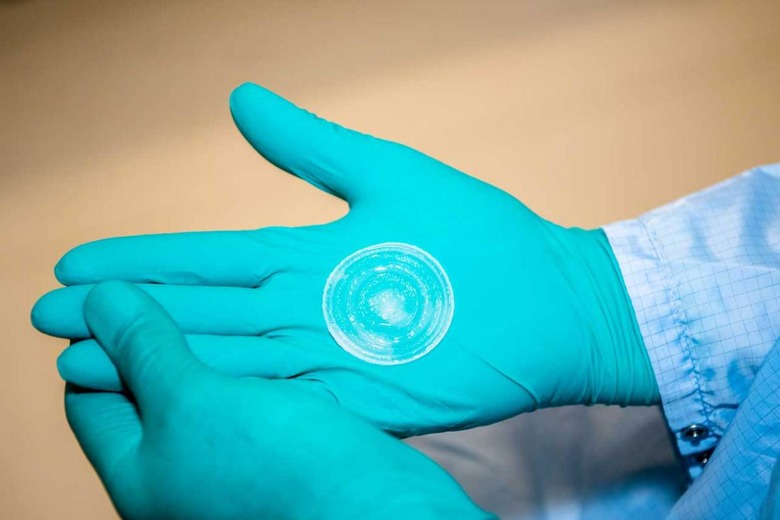ESA Project Produces First Bioprinted Bone And Skin Samples
One of the big challenges that the ESA and NASA are facing is keeping astronauts healthy on future long-duration space mission to other planets. On a trip to Mars, for instance, there is a real chance of injury requiring the sort of medical services readily available on Earth, but not available on Mars or inside a spaceship. To help provide astronauts with anything they might need the ESA has been working on a project to bioprint skin and bone.
The ESA project has now created its first bioprinted skin and bone samples. The samples were prepared by scientists at the University Hospital of Dresden Technical University with assistance from OHB System AG and Blue Horizon. The team found that skin cells can be bioprinted using human blood plasma as a nutrient-rich bio-ink.
That bio-ink would be easily accessible from the mission crew members. The scientists say that plasma has a highly fluid consistency making it difficult to work with in altered gravitational conditions. The team created a modified recipe that adds methylcellulose and alginate to increase the viscosity of the substrate.

Those substances could be obtained from plants and algae. The bioprinted bone sample involved printing human stem cells with a similar bio-ink composition with the addition of calcium phosphate bone cement as a structure-supporting material that is absorbed during the growth phase.
To prove that their bioprinting techniques could be used in space, the team printed their bone and skin samples upside down. The success of the project is a step in making 3D printing practical for space travel. The team aims to develop the sort of onboard facilities that would be required for long-duration missions and the ability to create more complex tissues for transplants with the ultimate goal of printing entire internal organs.
